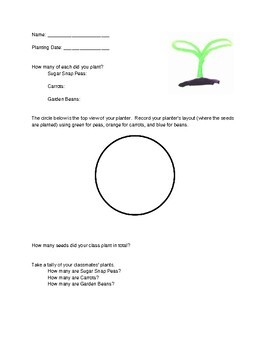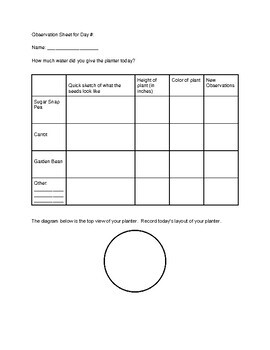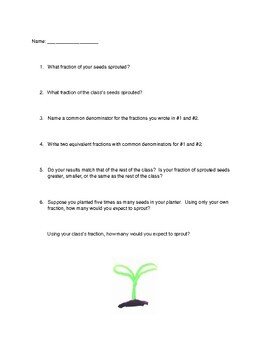Description
Practice an abundance of math skills while planting seeds! Write fractions, use equivalent fractions, make common denominators, and even practice mean, median, and mode! This practices measurement and data analysis in conjunction with scientific observations and hypotheses. This is a fun, interactive activity that can link Math and Science to the real world! It can also be used as a starter for a school garden.
Materials needed:
- cups or planters
- growing medium (potting soil, etc.)
- Pea seeds
- Bean seeds
- Carrot seeds
- Rulers
- Measuring spoons
- Sunlight
Students will be able to write fractions analyzing the success of their seeds by using equivalent fractions and common denominators. Students will be able to find the mean, median, and mode of a data set using line plots.






